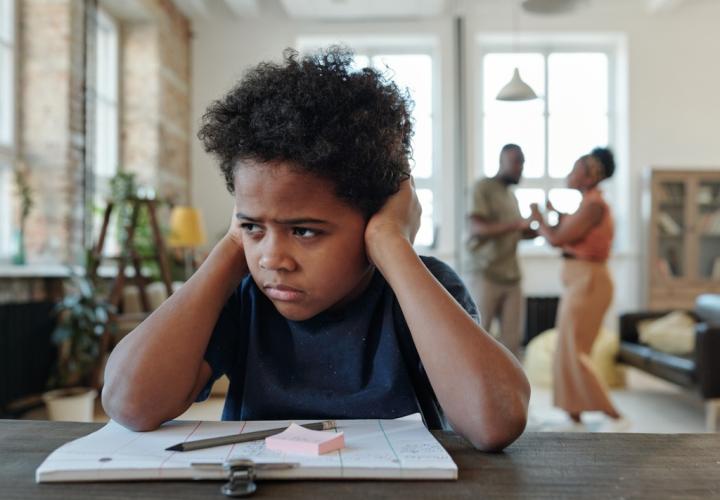This article was originally published in April 2020. Updated in December 2023 to reflect current events.
Kids are resilient and can bounce back stronger than ever from many of life's challenges. Even when they’re sad, stressed or frustrated, kids can learn to trust that they’ll eventually feel better, and how to take care of themselves until they do. Pediatric psychologists Kelly Maynes, PsyD, and Lauren K. Ayr-Volta, PhD, join the blog with 4 steps to resilience.
1. Encourage your child to respect their feelings (even uncomfortable ones).
As much as we might want to protect children from uncomfortable emotions, the truth is that everyone feels lousy sometimes, and that’s OK. One way to help kids be resilient is to help them accept and reflect on their feelings, instead of fighting them.
2. Practice putting emotions into words or art.
Taking time to talk, write or just think about how they’re feeling is a way for children (and adults, too) to step back from something that may seem overwhelming. By noticing their emotions and reactions, your child can even gain back a little bit of control. It’s a healthy way to process difficult events.
Even with a younger child, you can build self-reflection skills by observing them and asking questions. If they seem to be enjoying an activity, you might say, “What was that like for you? Did that make you happy?” If they seem stressed – for example, with a new game or learning assignment – you can gently point that out, and talk about it.
Journals, drawing, music and art are powerful tools for self-reflection. See what works for your child. Then help them talk about what they create.
>Related: Child Feeling Stressed? Create a Coping Toolbox!
3. Help your child notice signs of stress.
With a little bit of guidance, your child can learn to recognize their early signs of stress, and use these as a reminder to practice self-care.
- Ask them to pay attention to where they feel stress in their body. Does their throat or stomach hurt? Do they feel hot or tight anywhere? By bringing awareness to what’s happening in their body, they’ll feel more in control.
- Remind them that these feelings will pass.
- When the time is right, talk about what may have created the stress. Was there a lot of noise or commotion? Were they working on a difficult homework assignment?
- Even though stress is unpleasant, talk to your child about how it might be showing them something important: Next time they feel this way, do they need to take a break, have some alone-time, or ask for help?
>Related: Keep the Calm at Home During Times of Change
4. Identify coping strategies that your child can use to manage stress.
When your child is feeling sad or anxious, what’s a go-to activity that can bring them comfort?
- Pay attention to what your child already does to recharge their battery. Do they love to blast their favorite music and have a dance party, dive into a book, play video games, get out into nature, exercise, make art? These activities are all coping strategies.
- If your child needs help finding an activity, show them what you do to relax. If you like yoga, find an online class to try together. If you like hip hop, teach them some moves. Guide them through five minutes of deep breathing. Whatever brings you a sense of calm and joy may do the same for your child – and you’ll be role modeling self-care.
- Family activities count as coping strategies, like cooking a meal together, planning family game nights, getting outside or working on household projects.
- Create a coping toolbox with items that use all five of your child’s senses to calm and cheer them.
Once you and your child have come up with some great coping strategies, talk to your child about when to use them – both as a planned part of their day, and anytime they start to feel stressed.
